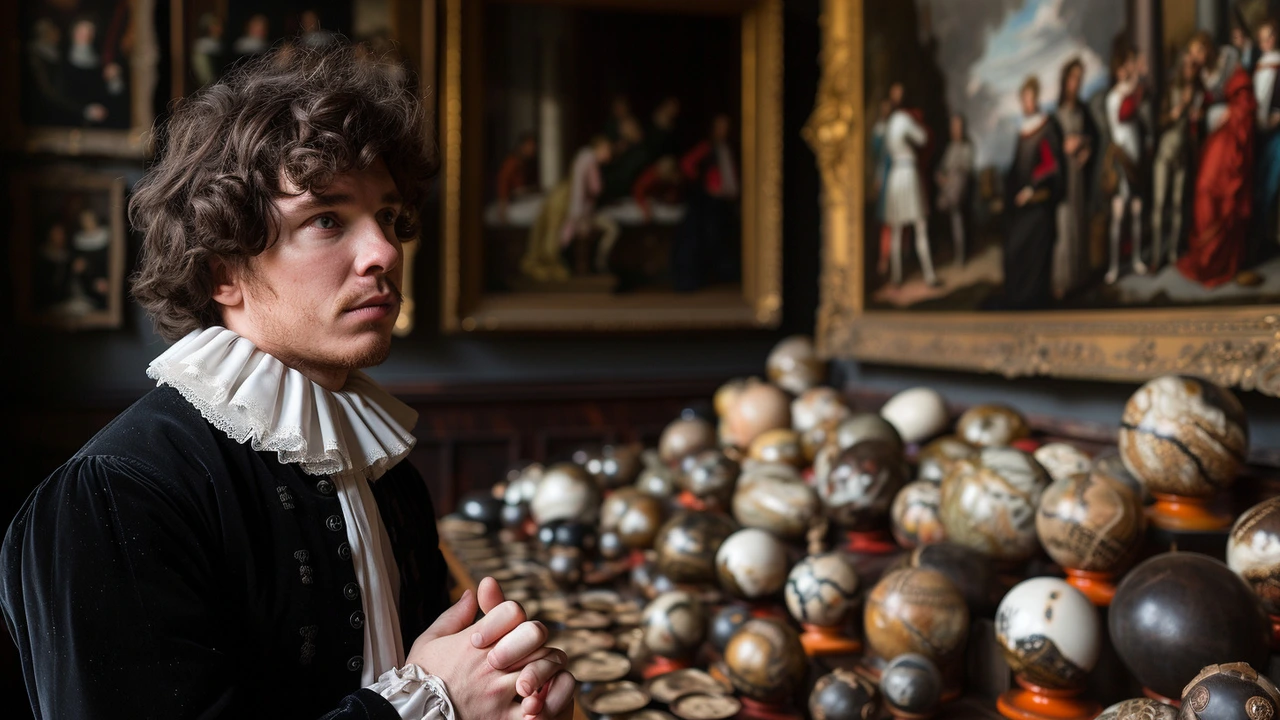Captivating Artwork: How to Spot and Create Pieces That Hold You
Some works make you stop mid-step—why does that happen? Captivating artwork grabs attention because it combines a clear idea with strong visual choices. This page pulls practical signals you can use whether you’re buying, curating, or making art yourself.
Why some art grabs you
First, the story matters. If a piece hints at a clear story or tension, your brain wants to know more. Think of a photorealism portrait that feels like a paused moment or an Abstract Expressionist canvas that looks like emotion poured out—both pull you in, but for different reasons. Second, strong composition and contrast keep your eye moving. A bold shape, a sudden color shift, or a dramatic light source creates focus. Third, unexpected technique or scale surprises you: installation art that wraps a room, or land art that changes a park, forces new ways of seeing everyday space.
Practical tips to recognize captivating pieces
Look for a clear focal point. If your eye has nowhere to land, the work will feel flat. Notice where your gaze goes first and why. Check for tension—opposites like rough vs. smooth, dark vs. light, tiny vs. huge add energy. Consider context: a Bauhaus chair in a cluttered corner won’t read like design the way it does in a clean space. Finally, ask what the piece makes you feel or think within the first 10 seconds. If it sparks a question, it’s doing its job.
If you’re an artist, aim for one strong idea per piece. Photorealism artists focus on accuracy and surface detail; Abstract Expressionists chase gesture and raw feeling. Choose the tool that supports your idea—detailed brushes, broad gestures, found objects, or digital effects—and resist adding more than you need.
For collectors, use scale and placement. A small, detailed work may be powerful in a quiet room; a big installation needs space to breathe. Check condition and technique—well-executed craft still matters, even in experimental work like Fluxus or Futurism-influenced pieces. Read a bit about the movement behind the work: knowing Bauhaus goals or the Harlem Renaissance context helps you see why a piece matters.
Want quick ways to explore captivating art? Browse categories that force contrast: photorealism next to abstract work, or installation pieces after Bauhaus design. On Paul Artistry you’ll find articles that explain movements (like Abstract Expressionism, Bauhaus, Fluxus) and practical tips for seeing and using these styles at home or in a gallery.
Art that holds you usually pairs a clear idea with confident visual choices. When you learn to spot those choices, you’ll pick better pieces, place them more effectively, and make stronger work yourself.

